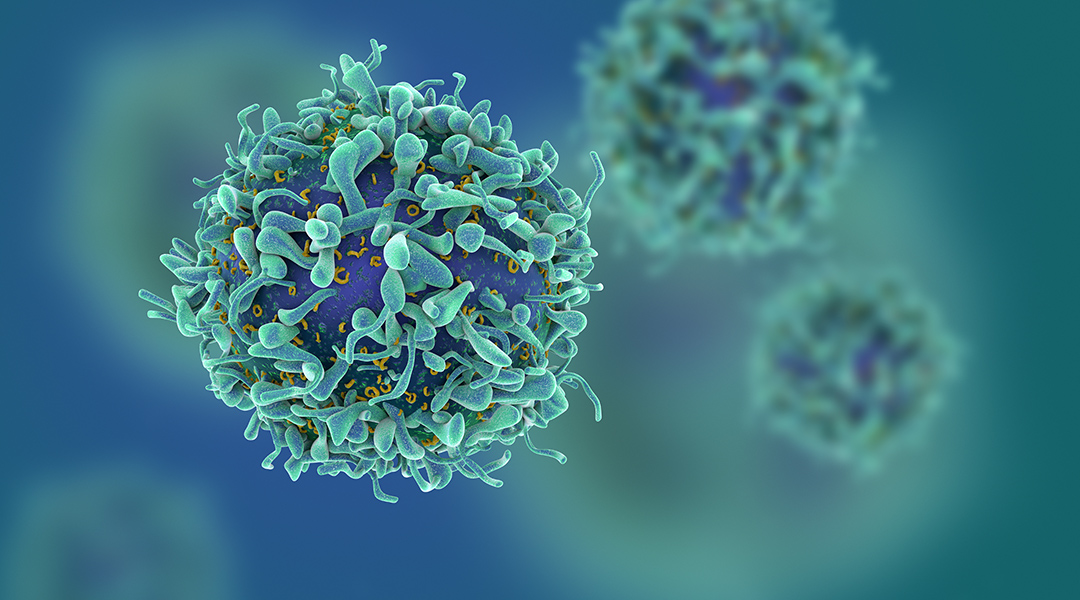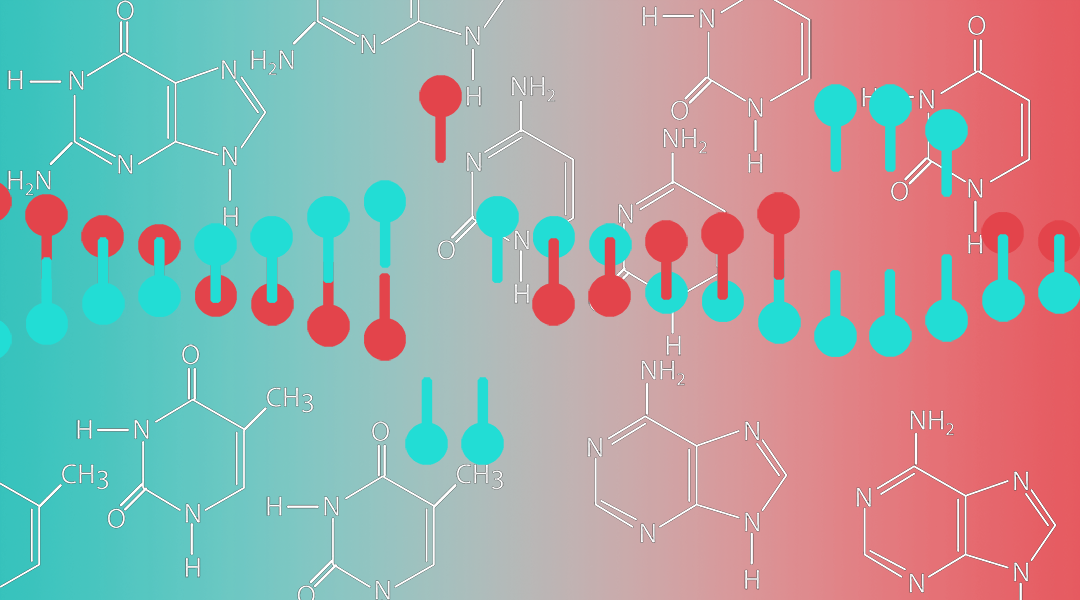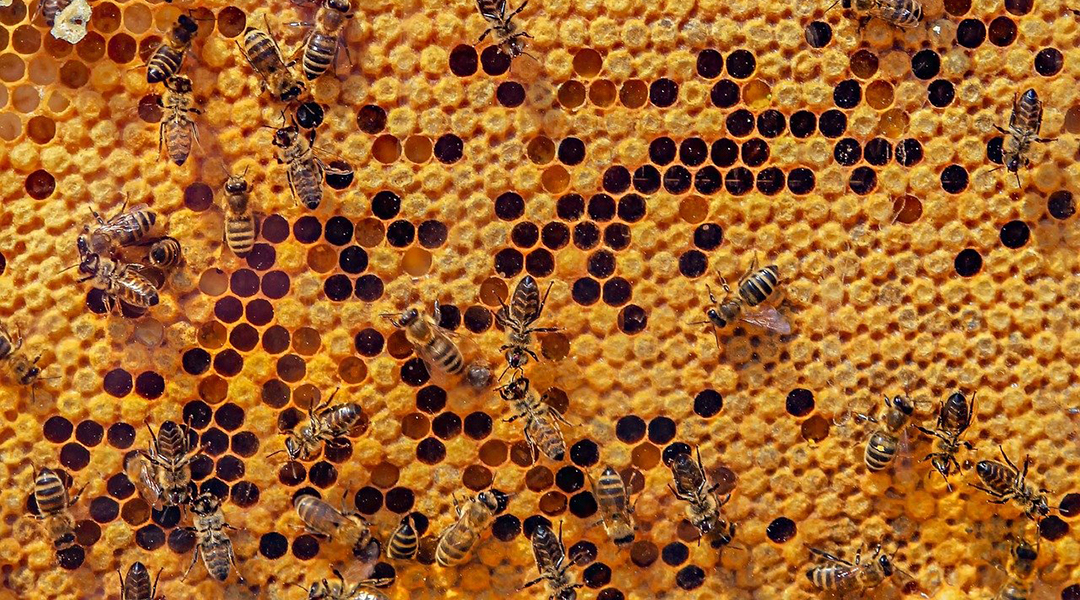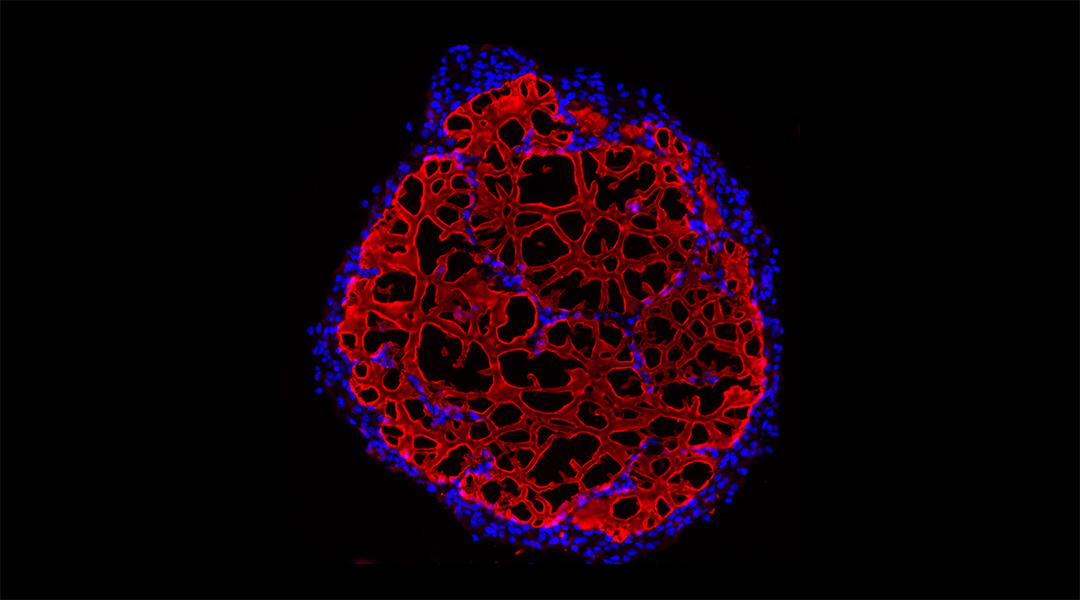Delivering vaccines directly to the lungs can boost immune responses to respiratory infections or lung cancer, study finds.


Delivering vaccines directly to the lungs can boost immune responses to respiratory infections or lung cancer, study finds.

A well-based microfluidic device allows researchers to generate important data that are needed to better understand the parameters that influence evolution in bacteria to combat antibiotic resistance.

Here we take a look at how CRISPR, the revolutionary “molecular scissors”, works and where its being used.

New evidence suggests a hidden “intelligence” of a life-sustaining pathway.

A structurally representative liver-on-a-chip models the full progression of non-alcoholic fatty liver disease, which researchers hope will lead to better treatments.

From patchwork liquid marbles, artificial nerve grafts, and giant perovskites, this gallery features a host of incredible images, bringing life to the research behind them.

Replacing animal testing with the ever-growing capabilities of AI and deep learning could help minimize the need for animals in scientific discovery.

Graphene-based biosensors incorporated in arrays of microneedles are emerging as an alternative to hypodermic needles and could be the next generation of blood sampling devices.

Demoted from her tenure track position in the mid 90s, Katalin Karikó persisted with her research into RNA therapeutics and is now senior vice president of BioNtech.

The unconventional chemist talks innovations in material science, putting science to work to help solve societal problems, and how to see the best in everything.